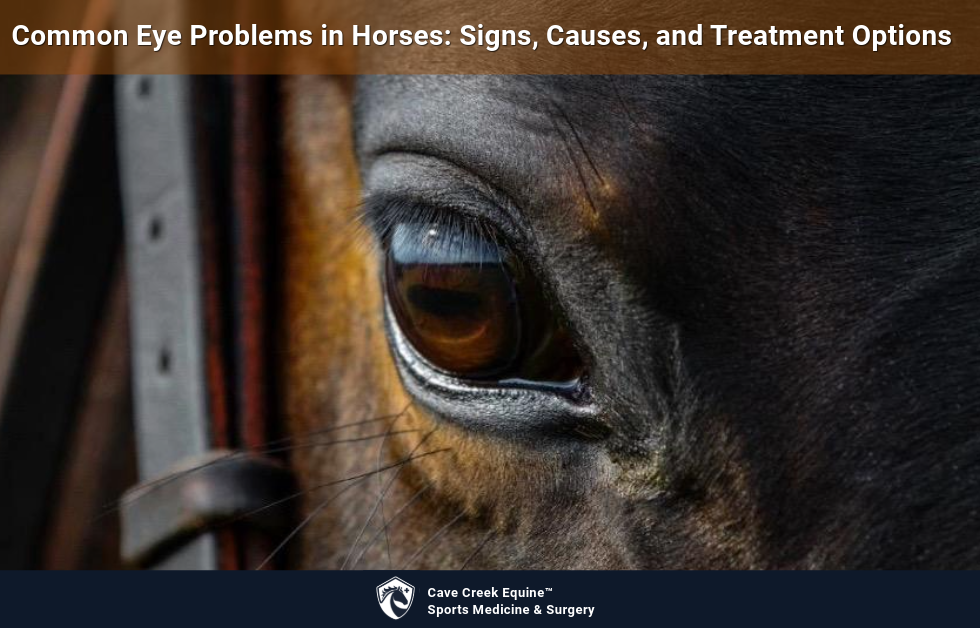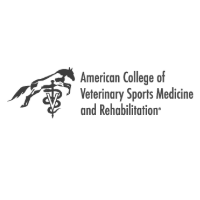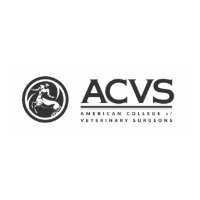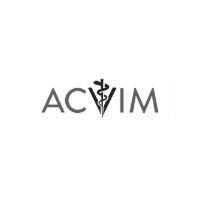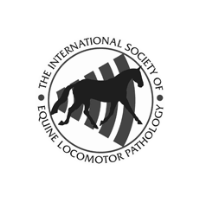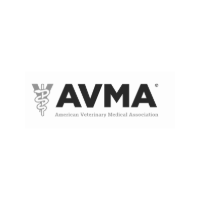Your horse’s eyes aren’t just beautiful—they’re also essential to their performance and well-being. But because of their size and placement, equine eyes are vulnerable to dust, debris, trauma, flies, and UV exposure. If left untreated, eye issues can escalate quickly, making early detection and prompt veterinary care critical.
Here’s a look at some of the most common equine eye problems, their symptoms, and treatment options.
Common Equine Eye Conditions
Corneal Ulcers
Conjunctivitis (Pink Eye)
Equine Recurrent Uveitis (Moon Blindness)
Cataracts
Squamous Cell Carcinoma (Eye Cancer)
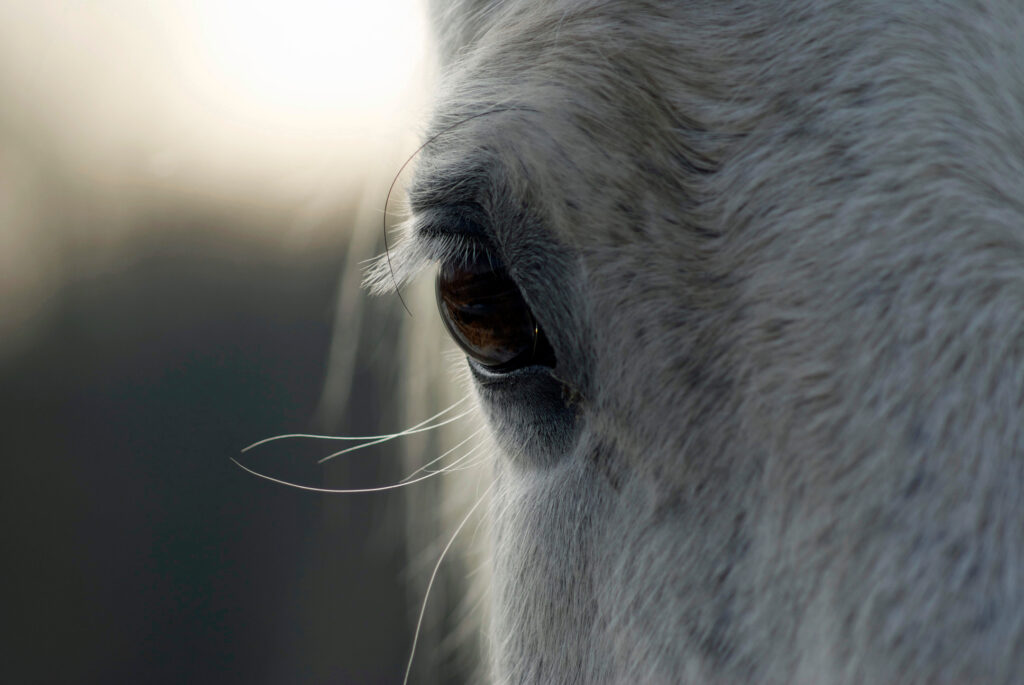
Corneal Ulcers
The cornea is the clear, protective outer layer of the eye. When it’s damaged by trauma, foreign objects, or infection, a corneal ulcer can develop. These ulcers are extremely painful and carry a high risk of infection.
Signs of Corneal Ulcers:
Squinting or excessive blinking
Excessive tearing or discharge
Cloudiness or redness
Swelling inside the eyelid
Rubbing the eye
Because the cornea has no blood vessels, healing is slower since infection-fighting white blood cells can’t reach the area directly. That’s why immediate veterinary attention is essential. Treatment often includes topical antibiotics, antifungal medications, pain relievers, and anti-inflammatory drugs. In severe cases, surgery may be necessary to remove damaged tissue or graft healthy tissue onto the affected area.
Conjunctivitis (Pink Eye)
Equine conjunctivitis, or pink eye, can result from bacterial or viral infections, environmental irritants, tumors, or injuries.
If only one eye is affected, the cause may be a foreign object or an irritant like dust or pollen.
If both eyes are involved, a virus or bacterial infection—such as equine herpesvirus (EHV) or strangles—may be the culprit.
Conjunctivitis can also occur alongside other eye conditions, such as corneal ulcers.
Signs of Conjunctivitis:
Red, watery eyes
Squinting or sensitivity to light
Discharge
Treatment depends on the cause. Your veterinarian may prescribe topical antibiotics, steroids, or a combination of medications. A fly mask can also help reduce irritation from dust and flies during healing.
Equine Recurrent Uveitis (Moon Blindness)
Equine recurrent uveitis (ERU), commonly known as moon blindness, is an autoimmune condition and the leading cause of blindness in horses worldwide. While all breeds can be affected, Appaloosas are eight times more likely to develop ERU.
Signs of ERU:
Squinting and light sensitivity
Excessive tearing
Redness and corneal cloudiness
Swelling of the eyelid
Constricted pupils
Vision loss
The primary goals of ERU treatment are to reduce pain, preserve vision, and minimize flare-ups. Treatment may include topical anti-inflammatory medications, immunosuppressive drugs, and, in some cases, surgery to help manage the condition.
Cataracts
Cataracts are cloudy areas in the lens of the eye that can impair vision. While they can develop due to age or trauma, they are most commonly linked to chronic uveitis. Some breeds may also have a genetic predisposition to cataracts.
Horses with cataracts may show no outward symptoms, but vision problems—such as difficulty navigating or bumping into objects—can indicate an issue. A veterinary ophthalmologist can use advanced diagnostics to confirm a diagnosis.
Surgical removal of the affected lens is the only treatment for cataracts and is typically reserved for severe cases that significantly impact the horse’s vision and quality of life.
Squamous Cell Carcinoma (Eye Cancer)
Squamous cell carcinoma (SCC) is one of the most common types of eye cancer in horses. Lack of pigmentation around the eyes and prolonged sun exposure increase the risk, and it is more commonly seen in older horses.
Signs of SCC include raised red bumps around the eye, squinting and irritation, and excessive tearing.
Depending on the severity, treatment may include surgical removal, cryotherapy (freezing the cancerous cells), or chemotherapy.
Preventative Eye Care Tips
Regular eye checks can help catch problems early. Watch for:
Squinting or excessive blinking
Redness or irritation
Excessive tearing
Swelling around the eye
Discharge
Cloudiness or changes in eye appearance
Early intervention is key. If you notice any abnormalities, contact your veterinarian immediately.
Additionally, using a well-fitted fly mask can help reduce irritation from insects and minimize UV exposure.
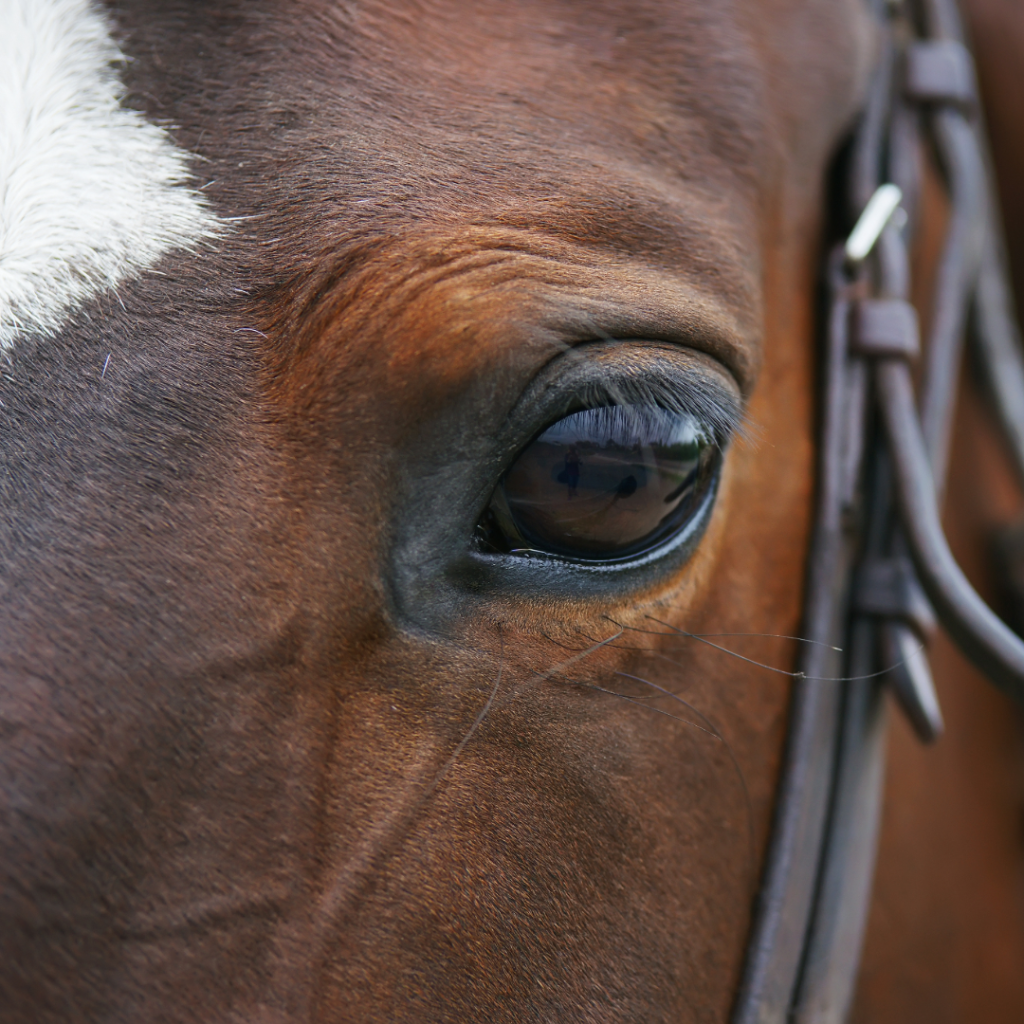
Expert Equine Eye Care at Cave Creek Equine™
We understand how important your horse’s vision is to their comfort and performance. That’s why we’ve partnered with two board-certified equine ophthalmologists who are on-site weekly to provide expert care. If you have concerns about your horse’s eye health, don’t wait—schedule an appointment today. Your horse is in excellent hands with Cave Creek Equine™ Sports Medicine & Surgery.
Updated February 2025

